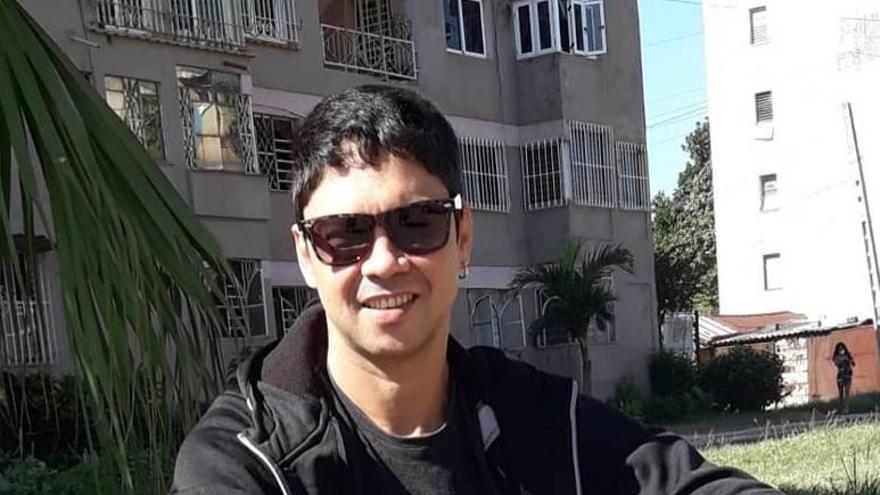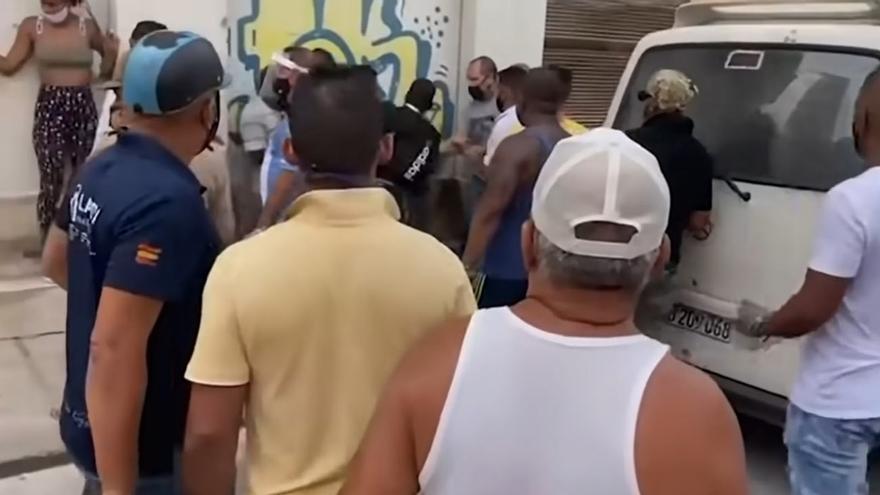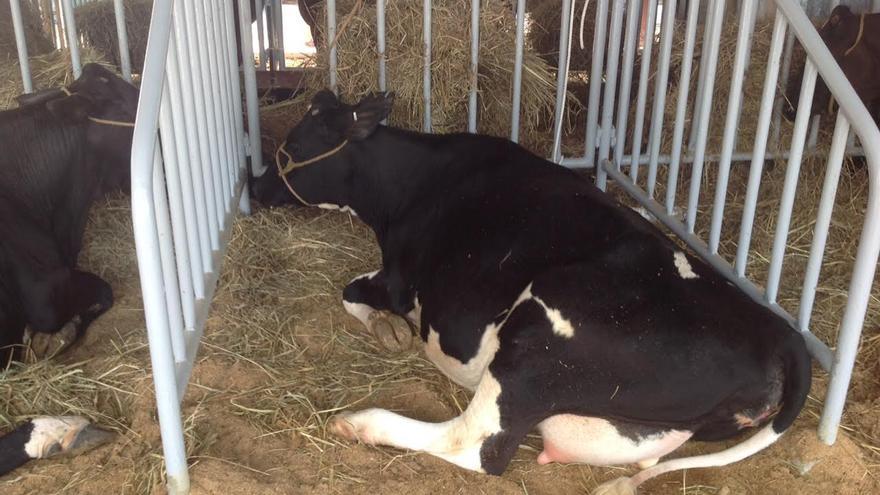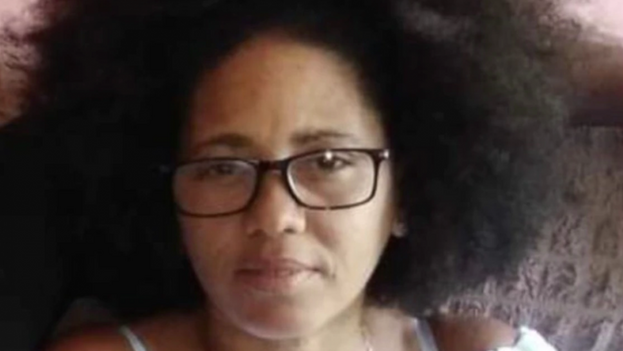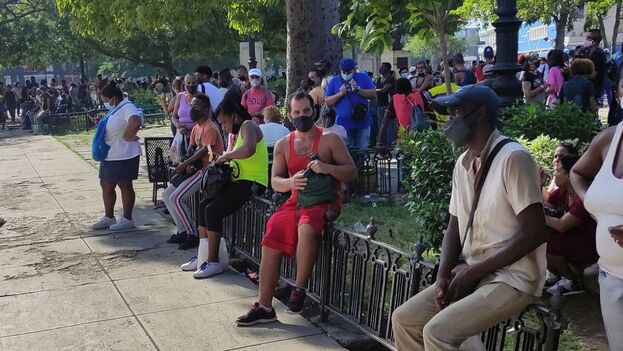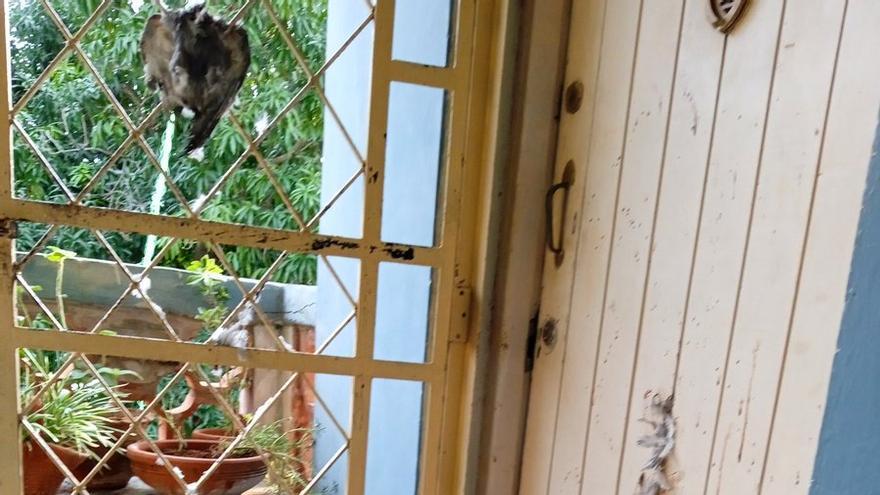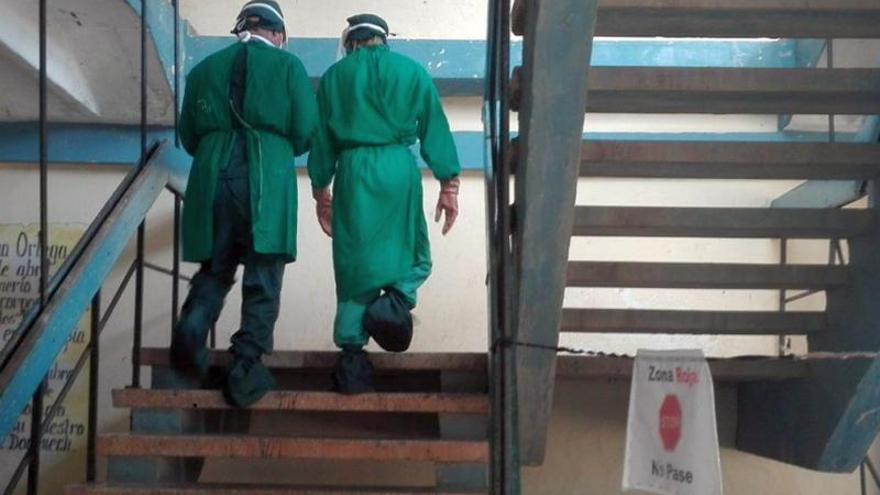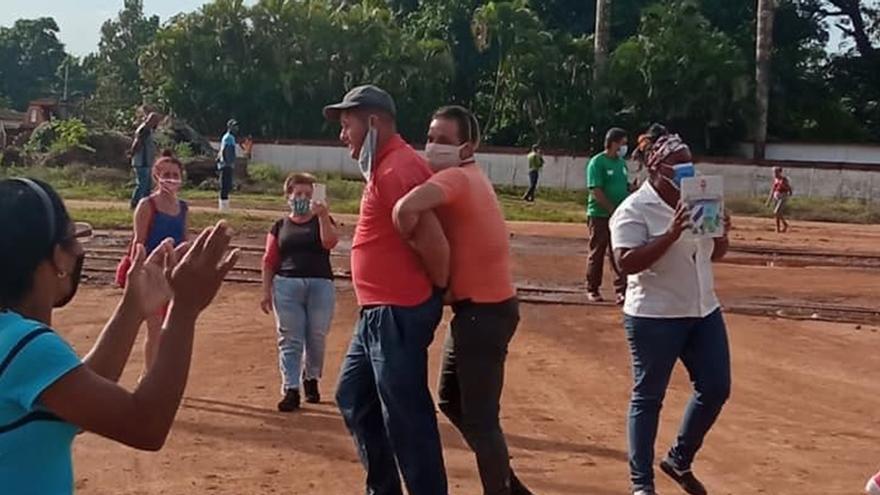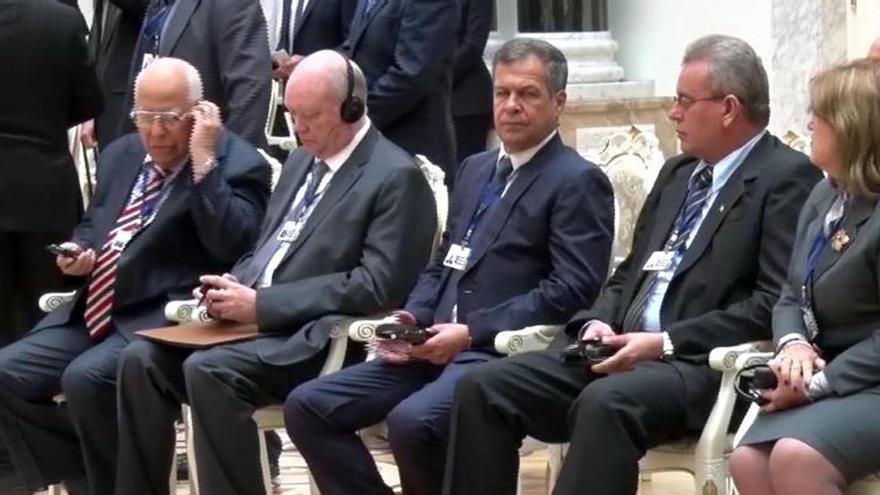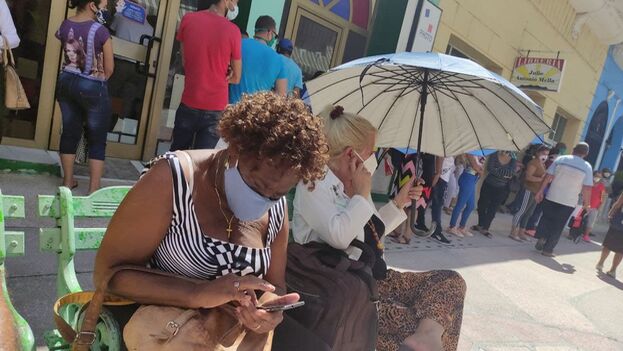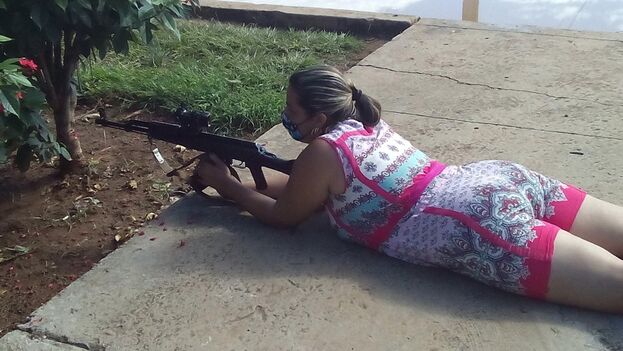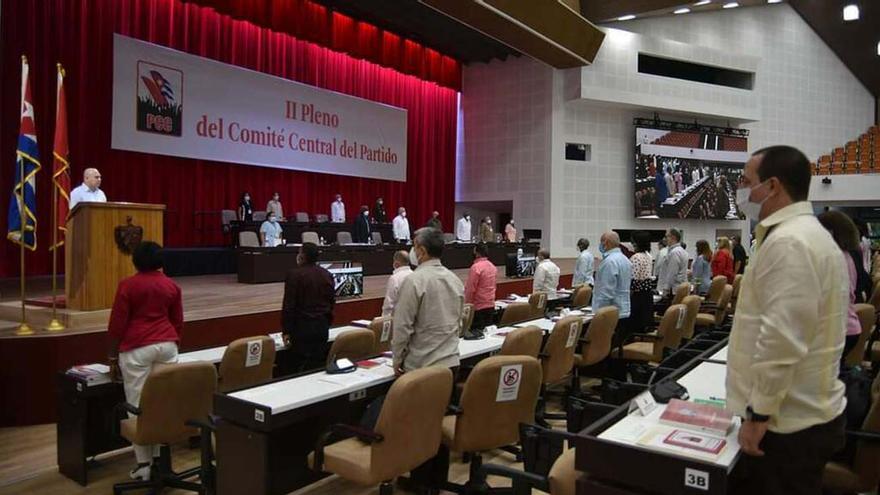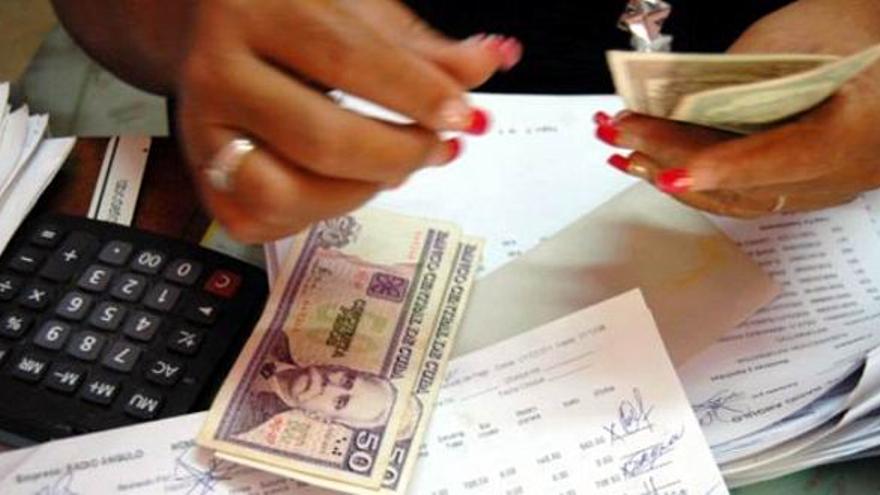“What could be the motivation for honest citizens to be summoned in this way? Do they see any danger in the exercise of human rights that our Constitution recognizes and protects?” says the Archipiélago statement published this Sunday on Facebook.
The group considers that these citations are part of the government’s strategy to prevent not only the holding of the marches but any sign of support which, among other things, causes it to lose the ideological battle.
This same Sunday, in the closing speech of the Plenary of the Communist Party of Cuba, Miguel Díaz-Canel assured that the country has “enough revolutionaries to face any type of demonstration that seeks to destroy the Revolution.” To support continue reading
this thesis, therefore, it is important that the marches do not have public support, nor that they appear to have it.
An objective also sought through the imposition of long prison sentences for some 11J (July 11) protesters, as the Cuban Observatory for Human Rights denounced this Monday in a statement. “The Cuban government has used its repressive attitude in order to silence the families of the victims and the victims of the 11J repression, sometimes with threats and sometimes with false promises. We are sure that the fear of reprisals will silence many, and that only with the passage of time we will be able to know in depth the dimension of the punishment,” says the organization, based in Madrid.
Archipiélago explains that it is aware that the aforementioned people are reproached for their support of the Civic March and are reminded that it has been prohibited and declared illegal.
“It is our citizen duty to remind the authorities of the DSE [State Security] that signing letters addressed to municipalities or local governments, whether for petition or complaint, constitutes a right recognized in Article 61 of the 2019 Constitution,” says the communiqué, which reviews other articles of the Constitution that protect the right to protest, to express support for a position and to guarantee the enjoyment of human rights without possible discrimination, including politics.
Archipiélago called the Civic Marches for Change in different cities of the Island for November 20, although it made the decision to change the date to November 15 when the Government declared the 20th National Defense Day, and as a full stop after two days of maneuvers military. However, and despite the fact that the organization submitted the applications in a timely manner with the legal bases that protect them, the authorization has been denied.
But this has not been enough and, given the growth of support for the marches and the Archipiélago platform inside and outside the island, the authorities have declared illegal the celebration of these mobilizations that seek to express the disagreement of the population with violence, and demand respect for all the rights of all Cubans, the release of political prisoners and the solution of differences through democratic and peaceful means.
From Archipiélego, whose members have been summoned to be threatened with going to trial and harassed even in their homes, they report that “if the authorities are concerned that Cuban citizens express their dissatisfaction with the current situation in the country, with the deplorable treatment of those who disagree, with the violations of human rights and those who publicly denounce all the violations and deficiencies of the system prevailing in Cuba prevailing, [do not] give reasons. “
Archipiélago announced this Sunday the creation of an Independent Commission to Support the 15N protesters, chaired by Ivette García González and made up of Ernesto Pérez Alonso, Eloy Viera Cañive, José Ottoniel Vázquez, Erick Brito Barrios and other activists, intellectuals, jurists, political scientists and specialists in international relations.
The objective is to serve as a bridge for citizens who wish to demonstrate and need support to file complaints about repressive actions, whether of a physical or psychological nature. In addition, they put themselves at the service of family and friends of these people and provide contact addresses to channel communication.
“It is not the exercise of constitutionally endorsed rights that endangers the established order, but the irresponsible management of the Government and the arbitrary behavior of the authorities; the persistence and aggravation of these problems, far from discouraging our intention to express ourselves, strengthens it,” states Archipelago, continuing to urge Cubans who wish to march on November 15 or, failing that, use their spaces to support the demonstrations by displaying flags on balconies among other signs.
The Council for the Democratic Transition in Cuba (CTDC) has sent a statement to once again support the marches and note that the terms in which this debate is taking place underline the urgency with which a Constitutional and Democratic State of Law must be defined and established in Cuba.
The statement reviews why the Archipiélago callto march fully conforms to Cuban legal norms, including the 2019 Constitution, and to prohibit the march is to go against the national laws themselves and most of the international agreements that Cuba maintains with other countries and communities, including the European Union and the Community of Latin American and Caribbean States.
“The legitimacy of civil society and democratic actors does not depend on autarky. In which case the so-called Cuban revolution would lack legitimacy,” highlights the text, which recalls the support that some initiatives, such as the uprising against Batista itself, have received international solidarity without it being considered interference.
Manuel Cuesta Morúa, coordinator of the CTDC, was the first cited by State Security in relation to the Civic Marches for Change when they were still scheduled for 20N (20 November) and already at that time he was told in advance that they were not going to be allowed.
____________
COLLABORATE WITH OUR WORK: The 14ymedio team is committed to practicing serious journalism that reflects Cuba’s reality in all its depth. Thank you for joining us on this long journey. We invite you to continue supporting us by becoming a member of 14ymedio now. Together we can continue transforming journalism in Cuba.
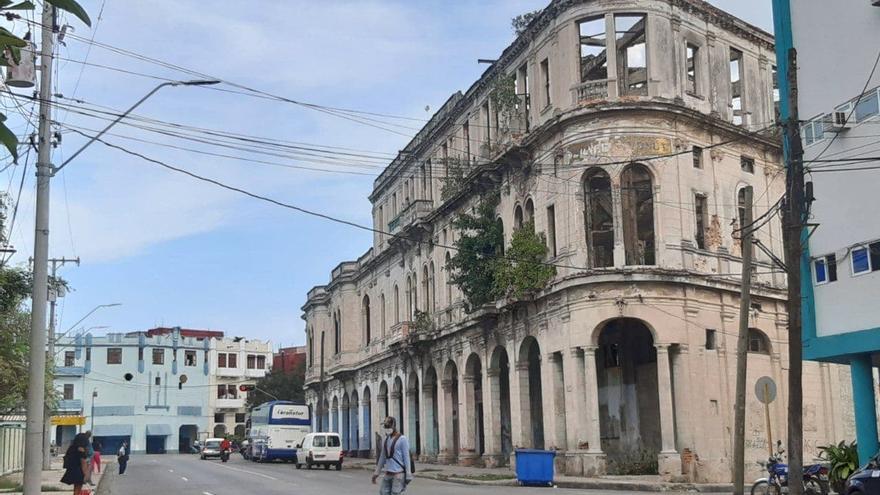
![]() 14ymedio, Natalia López Moya, Havana, 28 October 2021 — This week marks the 20th anniversary of the fire in the building that formerly housed the pharmaceutical and perfumery firm Warner-Hudnut, located on the corner of Ayestarán and Estrella streets, in the Havana municipality of El Cerro. Two decades after the flames devoured part of the structure, passersby avoid passing under its portal for fear of an imminent collapse of the remaining walls.
14ymedio, Natalia López Moya, Havana, 28 October 2021 — This week marks the 20th anniversary of the fire in the building that formerly housed the pharmaceutical and perfumery firm Warner-Hudnut, located on the corner of Ayestarán and Estrella streets, in the Havana municipality of El Cerro. Two decades after the flames devoured part of the structure, passersby avoid passing under its portal for fear of an imminent collapse of the remaining walls.
